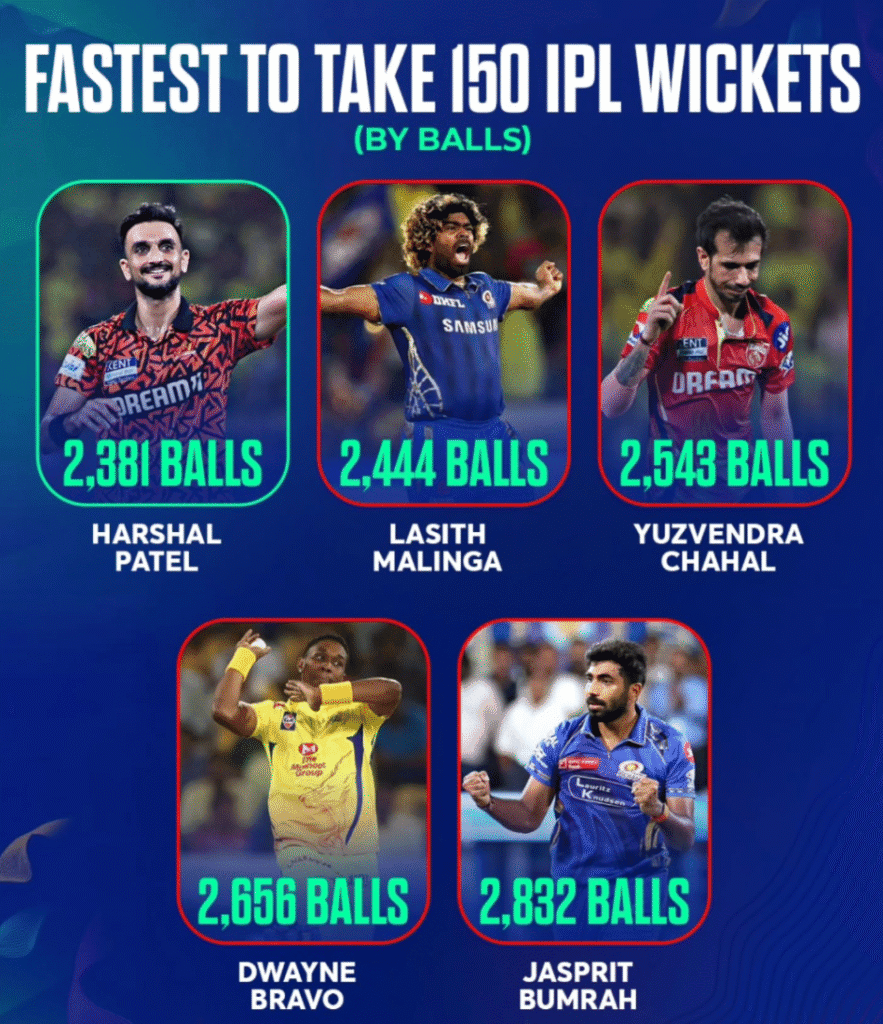In India, cricket is more than a game — it’s woven into everyday life. When you think of Indian cricketing icons, it’s names like Sachin Tendulkar, MS Dhoni, or Virat Kohli that dominate the conversation. These batsmen aren’t just athletes; they’re cultural symbols. Meanwhile, some of the world’s best bowlers, including Jasprit Bumrah — arguably India’s greatest fast bowler since Kapil Dev — enjoy respect and admiration, but rarely the same larger-than-life hero status.
Why does this batting-first fandom exist? And is it changing?



A Legacy Rooted in Runs
Cricket’s earliest legends in India were mostly batsmen. Sunil Gavaskar, the first to cross 10,000 Test runs, set the template for the “batting god” idea. Sachin Tendulkar then took it to another level — generations grew up with his centuries as family celebrations. (ESPNcricinfo)

When a young Virat Kohli burst onto the scene, he embodied the new-age batting superstar: aggressive, expressive, and consistent. Kohli’s incredible run chases, especially in ODIs, made him a folk hero for a generation who grew up watching India chase down impossible targets under Dhoni’s leadership.

Runs are easy to count, easy to remember, and easy to mythologize. A 100 is simple: it’s three figures, and the scoreboard shows who the hero is.
Batsmen Occupy the Screen — And the Imagination
Another big reason: sheer screen time. A top-order batter might bat for hours. Fans have time to live every ball, every emotion, every signature shot — from Kohli’s cover drives to his pumped-up celebrations. The longer they’re at the crease, the more they imprint on the fans’ memories.
Contrast that with bowlers: a fast bowler might bowl 10 overs in a 50-over game — maybe 60 balls in total. If they take 3 wickets for 20 runs, it’s a match-winning spell — but those 60 deliveries can fade in the highlights reel compared to a match-winning hundred.
A great quote from Rahul Dravid sums it up well: “In India, you miss a cover drive, people notice. You bowl six good balls, sometimes only one gets replayed.”

The Power of Narrative
Cricket has always been about storytelling. Batsmen fit naturally into dramatic plots — a chase, a collapse, a lone stand. Kohli, for example, has built his legend around last-over thrillers. He’s the player who “finishes things,” who stands tall under pressure, who thrives when it looks impossible.
Bowlers do have iconic moments — think Bumrah’s toe-crushers in the death overs, or Anil Kumble’s perfect 10-wicket haul in a Test innings. But these stories get told less frequently in mainstream media because they don’t always fit the hero narrative fans crave. It’s harder to celebrate a bowler’s consistency over 20 overs than a single six that wins a game.


Marketing, Brands, and Endorsements
There’s also the plain reality of business: big brands want faces that sell. And historically, that face has been the batting superstar. Virat Kohli is the most marketable Indian athlete of this generation — Forbes consistently ranks him among the world’s highest-paid sports stars (Forbes). His batting exploits make him relatable to millions: every kid dreams of hitting a six, not bowling a yorker at 150 km/h.

Bumrah does feature in major ads, but his style — quiet, clinical, laser-focused — doesn’t create the same larger-than-life image. He’s adored by hardcore fans and fellow players, but the average viewer wants the glamour shots: the six over long-on, the fist pump, the century celebration.

Bowlers Often Do the Dirty Work
There’s an irony here: bowlers win matches as often as batsmen do. The 2019 World Cup semi-final is a classic example — India’s batting collapse left them on the brink of defeat, but it was the bowlers, including Bumrah, who almost pulled off an impossible comeback.
Yet, when people look back, the narrative focuses on who didn’t score runs, not who bowled well under pressure. It’s a mindset that’s slowly shifting with formats like the IPL, where bowlers can be MVPs — but there’s still a cultural gap.
The Tide Is Turning
The good news? T20 leagues are helping bowlers gain cult followings. Bumrah is one of the first Indian fast bowlers to become a household name in the IPL era. Fans celebrate his lethal yorkers and unique action. Young fans look up to him because he’s unconventional — proving that you don’t need to be a 6-foot tearaway to be a world-class pacer.

Social media helps too. Clips of a single unplayable delivery now go viral worldwide, giving bowlers new visibility. Rising stars like Rashid Khan, Shaheen Afridi, and even spinners like Kuldeep Yadav are building personal brands that challenge the old batting-only bias.

Final Thoughts
The next time Virat Kohli scores a match-winning hundred, remember: it wouldn’t be possible without the bowlers setting up the game. Players like Bumrah may not be plastered on billboards as much, but among true cricket lovers, they’re every bit the legends batsmen are.
Maybe that’s enough. Or maybe, just maybe, the future will see kids dreaming of bowling the perfect yorker at the death — as much as they dream of hitting that last-ball six.
